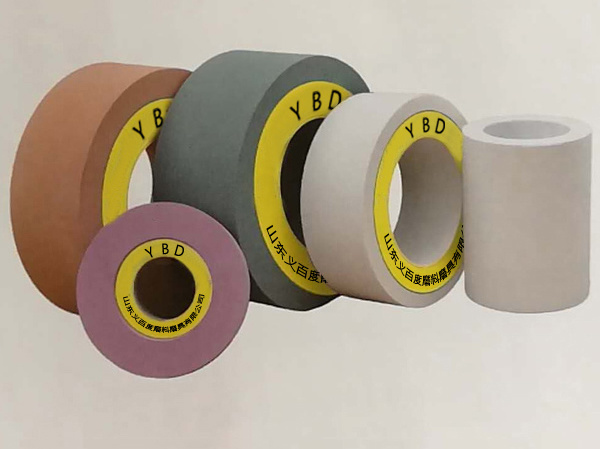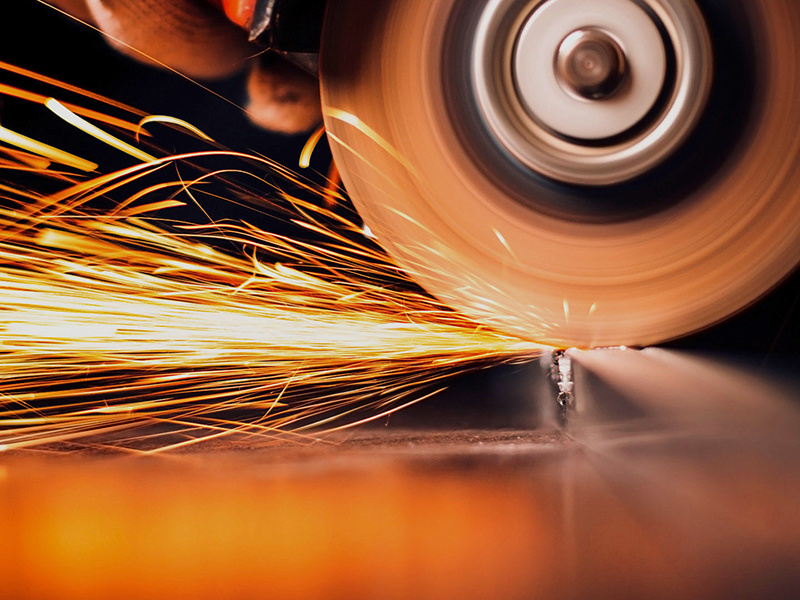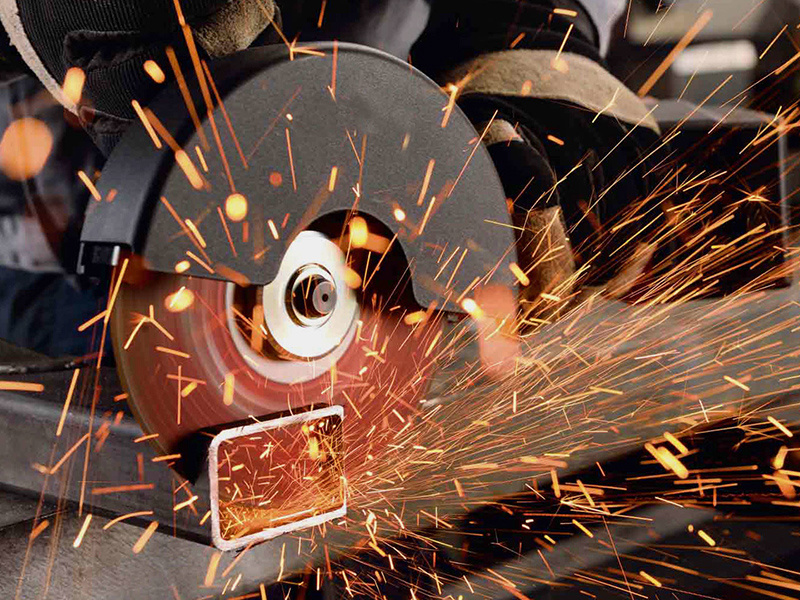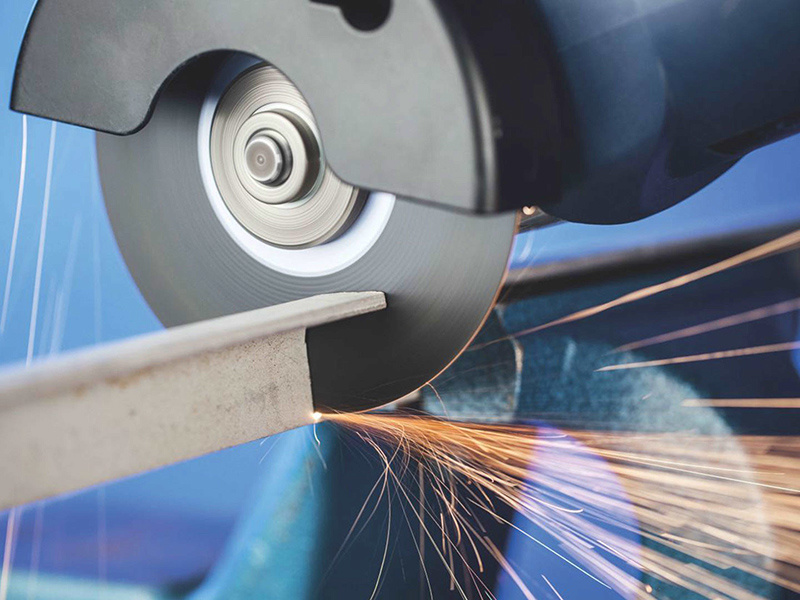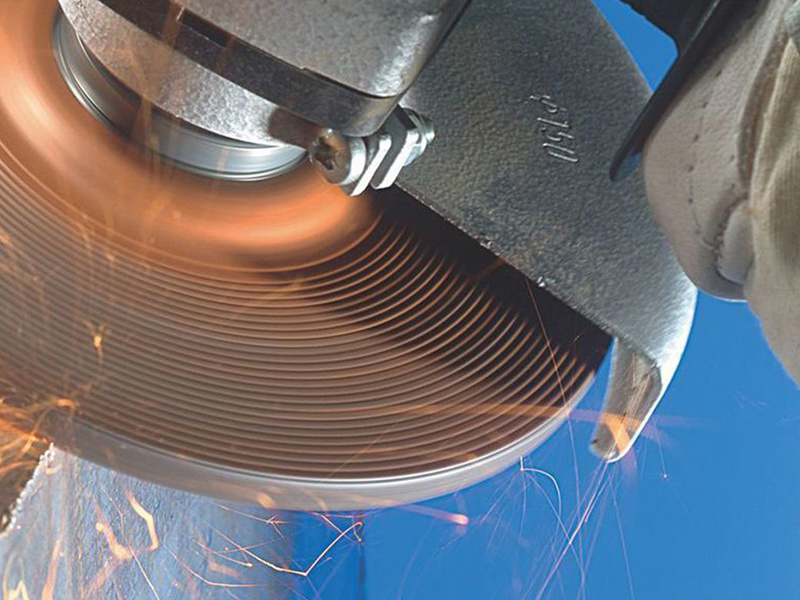The national standard specifies two particle size codes for abrasives and micro powders
Release time:
2024-06-25
The items that represent the characteristics of ordinary abrasive bonded grinding tools include: shape, size of abrasive, particle size, hardness, structure, and binder.
The items that represent the characteristics of ordinary abrasive bonded grinding tools include: shape, size of abrasive, particle size, hardness, structure, and binder. Grinding tool hardness refers to the difficulty of abrasive particles falling off the surface of the grinding tool under external force, and it reflects the strength of the binder to hold the abrasive particles. Particle size refers to the size of abrasive particles, which is represented by the particle size number. The national standard specifies two particle size codes for abrasives and micro powders.
Particle size refers to the size of abrasive particles. The particle size is divided into two categories: abrasive particles and micro powders. For abrasives with larger particle sizes and a grinding wheel with an outer diameter of 40 μ m, they are called abrasive particles. By screening and grading, the particle size is represented by the number of holes per inch of length on the sieve through which the abrasive particles pass. A 60 # abrasive particle indicates that its size is just enough to pass through a mesh with 60 holes per inch of length. For abrasives with particle size less than 40 μ m, they are called micro powders. Using microscopic measurement method for grading, use W and the number after it to represent the particle size number, and the value after W represents the actual size of the micro powder. As W20 represents, the actual size of the micro powder is 20 μ m.



